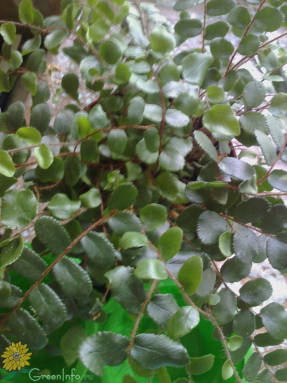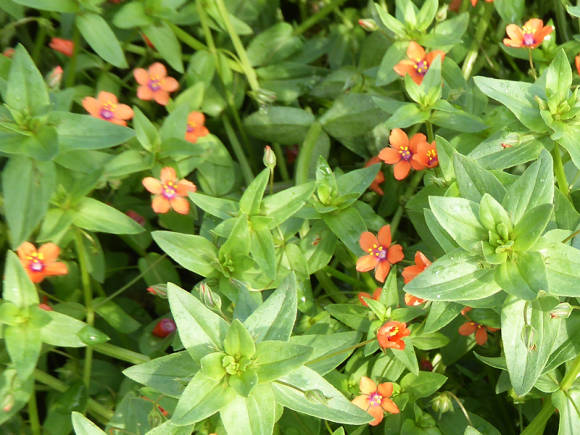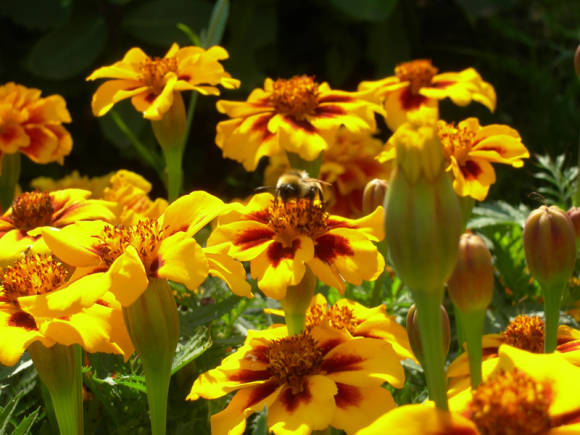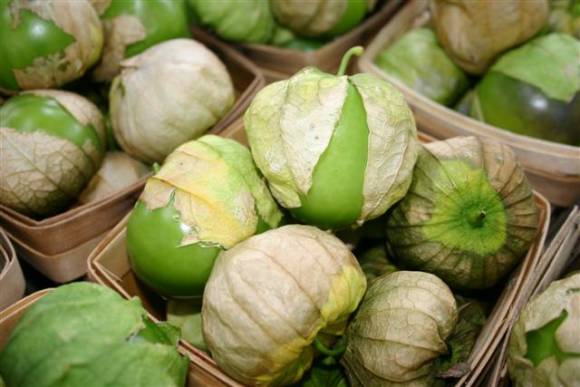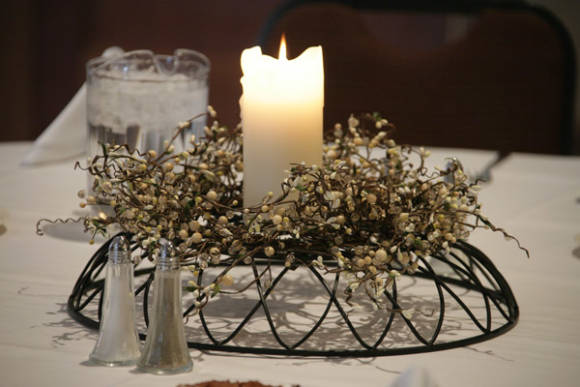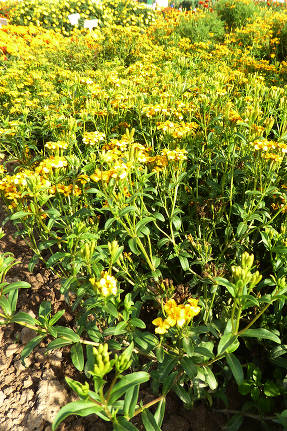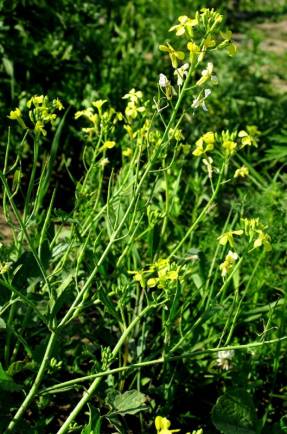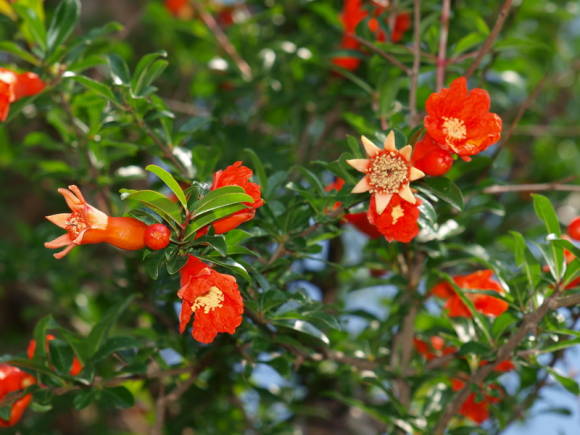
Spring or autumn are the best periods for planting various fruit plants. Today we will talk about planting pear seedlings, about the basic rules of this "event". Of course, a pear can be planted in the spring, but in the center of Russia, a pear is often planted in the fall - at the end of September or October. It is important to have time to plant the seedlings before the onset of strong and persistent frosts, well, in the spring - before the buds open and the sap begins to flow.
Planting any seedling, including a pear seedling, is carried out in the planting pits. But before digging them, you need to prepare the soil well, dig up a shovel with a full bayonet, be sure to remove the weeds to the maximum (especially wheatgrass rhizomes), and add 2-3 kg of humus or well-rotted manure for digging, a glass of wood ash and a canteen spoon of nitroammophoska, per square meter of soil.
The pear will feel better in a well-lit, level place, preferably protected from the cold wind on the north side, with a neutral soil pH and a groundwater level no closer than two meters to the surface. As for the type of soil, loam, sandy loam, gray forest soil and, of course, black soil are suitable.
The size of the planting pit for a pear seedling depends on the size of its root system, but on average it is 70-80 cm in diameter and 55-65 cm deep.
By the way, it seems to be a simple matter - digging a landing hole, and not everyone knows what it should be. It's not even the size that's important here, but the shape. So, the walls of the pit, ideally, should be exactly vertical. For some reason, many make it conical, but in such a hole the soil settles unevenly, and is much more active in the center, which leads to deepening of the root collar and delays in the development of the tree (sometimes perennial). In addition, the walls of the pit should not be smoothed - it has been noticed that when planting pear seedlings in pits with smooth walls, there is a strong difficulty in air exchange, the roots and plants develop worse. Considering this, on dense soils, after digging a hole, you need to arm yourself with a pitchfork and draw strips a centimeter deep on the sides of the hole and at its base.
Keep in mind that usually the amount of soil subsidence is equal to a fifth of the depth of the hole, you need to know this in order to correctly place the root collar in the end.
When the hole is dug, it is advisable to throw a couple of shovels of expanded clay or pebbles to the bottom for drainage, and on top put a mixture of peat, humus and river sand in equal proportions, in the amount of one bucket. After that, the mixture must be well watered, pouring out a bucket of water, and the seedling can be placed on the nutrient mixture, carefully straightening its root system in order to prevent bends, creases, and the roots so that they look to the sides, and not up.
After planting, the root collar (the place of transition of the root system into the trunk) must be at ground level, it is the root collar, and not the place of grafting, which is located much higher. If the root collar is deepened, then on good soil this can only cause delays in growth and development and cause a later entry into fruiting (as we indicated above). But on damp and heavy soil, where water stagnates for a long time, rotting of the bark can be observed. Such a phenomenon, repeated from year to year, will ultimately lead to the death of the tree. Even mulching, a seemingly harmless and necessary technique, must be done correctly. If the layer of mulch near the trunk of the pear is made too large, then it can also lead to a gradual deepening of the root collar. So try to spread the mulch, retreating at least 2-3 cm from the trunk, and do not make it more than five centimeters thick.

When planting seedlings with a curved or one-sided crown, well, for example, well developed on the south side and poorly on the north, it is permissible to plant them differently from the seedlings that grew earlier in the nursery. We all know that, ideally, the seedling should be placed exactly as it was previously located relative to the cardinal points, guided by the bark.Where it is darker - there was south, where light - there was north, but in this case it can be disturbed so that the crown develops evenly in the future.

One more point. There are pears - two-year-olds, in which the roots grow not to the sides, but downward, which means that, most likely, the seedlings were grown on dense soil in conditions of a lack of moisture. Such seedlings need to be planted on a mound, which should be built from nutritious soil, the composition of which we described above. The top of this mound should rest against the base of the root system, but the roots diverge along the sides of the mound. So in the future they will develop evenly.
After planting, first spill the soil well (2-3 buckets of water), then compact it, and then mulch (2-3 cm). Next, pay attention to the aerial part, if you notice that the tips of the shoots are dry, then it is better to immediately cut them off and isolate the cuts with a garden pitch.
It remains only to install the support peg. Many people ignore this event; in the case of an unbranched one-year-old, a peg is really not needed, but if we are planting a branched two-year-old, which already has a certain windage, then a peg must be placed. Without it, the wind will gently sway the seedling and voids will form between the roots and soil. This is bad - it delays the development of the plant, so do not be lazy and put a peg, tying the seedling to it with a figure eight.
Drawings from the book "The Gardener's ABC", M., Agropromizdat, 1986
